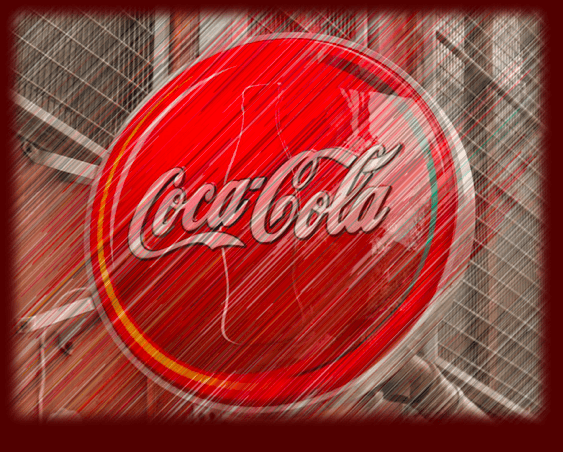Corporate governance and environmental sustainability have become a big deal in the past decade in corporate America. One of the pioneers of the effort was Coca Cola, which announced in 2007 that it would replenish 100% of the water it uses in its soft drinks production by 2020.
To give you an idea of how much that is, New York Times reports the company uses roughly 300 billion liters a year to produce 160 billion liters of its end product across hundreds of brands. Coca Cola’s goal in 2007 was to replenish the amount of water equivalent to its sales volume — so the 160 billion liter figure.
Coca Cola announced recently that it would likely hit the target in 2015, a full five years before its target date. “As a consumer of water, the Coca-Cola system has a special responsibility to protect this shared resource,” Muhtar Kent, Coke’s CEO, said in a release.
How Coca Cola did it
There are a number of campaigns the company managed to reach its goal. This biggest initiative was to improve water efficiency in its plants. By the end of 2014, the company had improved its water efficiency by 10% since 2010. That’s going from 2.7 liters to make 1 liter of end product to 2.03 liters to make 1 liter of product. The goal is to reach 1.7 liters per liter of product by 2020.
The company has also put certain wastewater treatment standards into effect at its manufacturing facilities in an attempt to treat its wastewater and get it back into the communities where its manufacturing plants are located. This includes a rigorous auditing process to ensure plants are maintaining standards.
Coca Cola also kicked off 209 community water projects in 61 different countries, working with health, environmental and development organizations. The purpose of these projects are three-fold: provide safe water and sanitation in the community, support water conservation and protect watersheds. In a statement provided by the company, Mark Tercek, the president and chief executive of the Nature Conservancy, said that Coca-Cola’s commitment “underscores that investing in nature can produce very positive returns for businesses and local communities.”
Why it matters
Society has become more and more environmentally conscious and more and more companies have come under fire for using up the earth’s precious resources for the sake of a profit. For example, many bottled water companies came under fire recently in California during its biggest drought in years. The fact that Coca Cola is doing its best to work to replenish this water is a big deal and a model for other companies to follow.
One thing for Coca Cola to keep in mind, though, is the importance of returning water resources to the areas where they get them. This isn’t currently the case and some environmentalists want the company to either stop pumping water out of drought-stricken areas or to replenish the water directly to those areas. While not perfect in this sense, the replenishment initiative is nevertheless essential in what the company is trying to do.
Tradersdna is a leading digital and social media platform for traders and investors. Tradersdna offers premiere resources for trading and investing education, digital resources for personal finance, market analysis and free trading guides. More about TradersDNA Features: What Does It Take to Become an Aggressive Trader? | Everything You Need to Know About White Label Trading Software | Advantages of Automated Forex Trading









